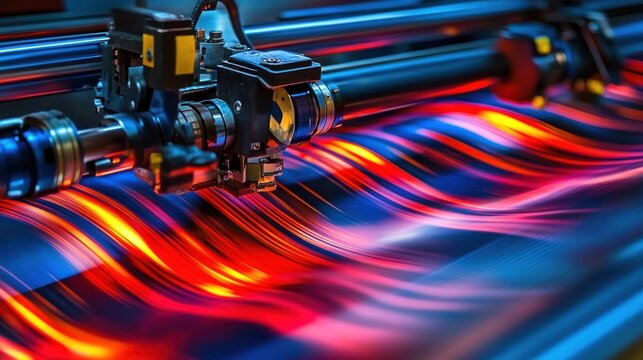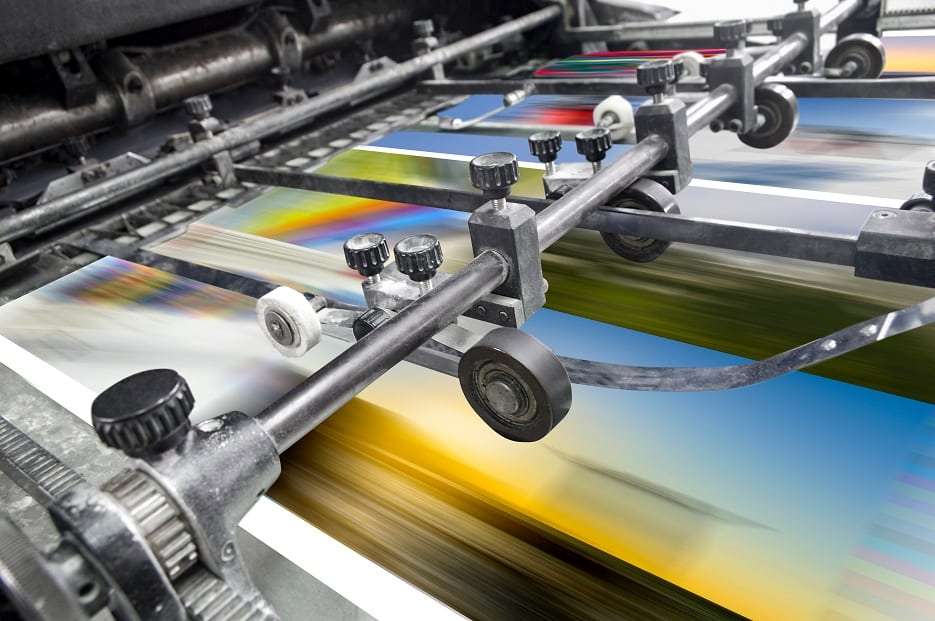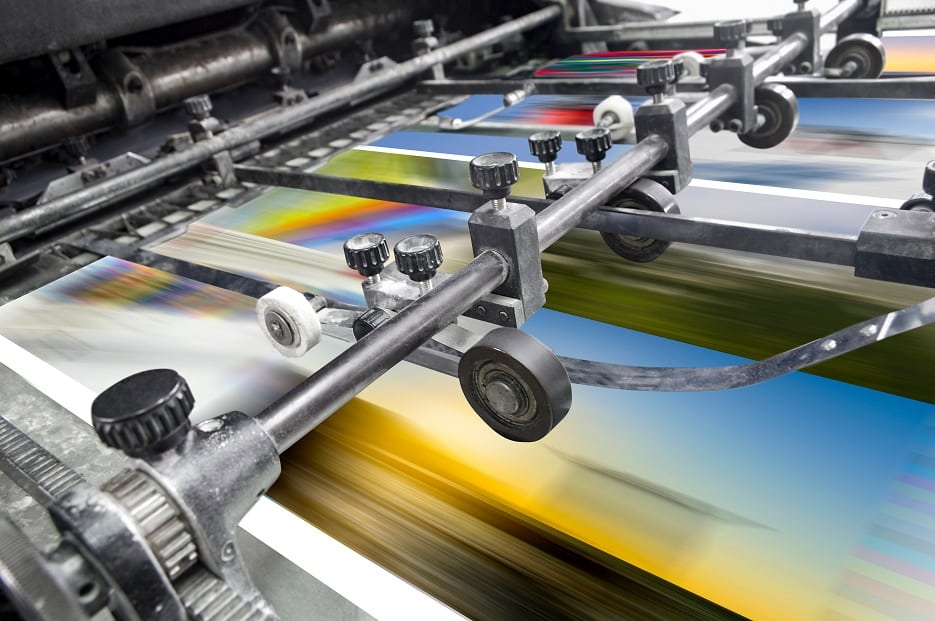In todays rapidly evolving world of **print technology**, businesses and individuals face an important decision: should they choose offset printing or digital printing? Each method has its own unique advantages and drawbacks. Understanding the distinctions between these two can significantly impact the quality, cost, and efficiency of print projects.
This article provides a detailed comparison of offset printing vs digital printing, catering to those eager to make informed choices in their print endeavors.

What is Offset Printing?
Offset printing is a traditional print method that has been in use for over a century. It involves transferring an inked image from a metal plate to a rubber blanket, then onto the printing surface. This method is renowned for producing high-quality images and is especially efficient for large-volume projects.
History of Offset Printing
Originating in the early 20th century, offset printing revolutionized the way materials were produced. Initially used for newspapers and books, it quickly spread across various industries. The technique was praised for its ability to produce consistent, high-quality images.
For an in-depth exploration of this technology, you can refer to an insightful article on Ordant.
Advantages of Offset Printing
- Superior image quality due to the use of ink layers and detailed plate designs.
- Cost-effectiveness for large volumes as the initial setup cost is spread over numerous prints.
- A wide range of materials can be printed on, including textured and specialty papers.
Drawbacks of Offset Printing
- Initial setup and plate creation can be time-consuming and costly for short runs.
- Longer turnaround times compared to digital methods.
What is Digital Printing?
Digital printing represents a more modern approach, primarily utilizing laser and inkjet printers. It allows for direct printing from digital files, eliminating the need for physical plates. This method is becoming increasingly popular in todays fast-paced world.
History of Digital Printing
The advent of digital printing took place in the late 20th century. It offered a quick, efficient alternative to traditional printing practices, supporting the growing demand for on-demand printing and customized media.
Advantages of Digital Printing
- Fast production speeds and shorter lead times, ideal for last-minute projects.
- Enables easy print-on-demand and customization options.
- No need for plates, reducing waste and setup time.
Drawbacks of Digital Printing
- Generally higher cost per unit compared to **offset** for large volumes.
- Limited color matching and material options than traditional methods.
Comparing Offset Printing vs Digital Printing
When evaluating offset printing vs digital printing, several factors need to be considered, including cost, turnaround time, and material type. Each of these aspects can greatly influence which method is more suitable for your specific project.
Cost Considerations
**Offset printing** is typically more economical for large-scale projects due to reduced costs per unit with volume. Conversely, digital printing is ideal for smaller batches due to minimal setup expenses.
Turnaround Time
If speed is crucial, digital printing outshines offset techniques by providing faster turnaround times. The absence of plate setups and drying times contribute to this efficiency.
Material and Color Flexibility
When it involves intricate designs, unique materials, or special colors, offset printing offers more flexibility. Digital printing supports vivid graphics but is limited in material types.
Quality Comparison
**Offset** is revered for its image clarity and quality, particularly in high-volume applications. On the other hand, digital methods excel in producing sharp, vibrant images suitable for most business needs.
Environmental Impact
The environmental consideration is a rising concern for many enterprises. Digital printing produces less waste and is typically more sustainable for short runs. Meanwhile, offset methods can be more sustainable for large, repeat orders despite the greater initial waste.
Choosing Between Offset and Digital Printing
Project Volume and Budget
Evaluate the size of your print run and budget. For substantial orders, offset printing is more economical, while digital printing is suitable for smaller, budget-conscious efforts.
Customization and Personalization
If customization or several versions of a single document are needed, **digital techniques** provide greater flexibility and cost-effectiveness.
Timeline and Urgency
For urgent projects, **digital printing** is your best bet with its quick setup and execution. However, for longer lead times and higher volume, offset printing remains unbeatable.
Making the Right Decision
The key to determining between offset and digital printing lies in assessing your specific needs and project scope.
Consider reading about **centralized device control** and **AI and IoT in printing** from Full Color Printing Firm to further understand how technology influences printing today.

FAQ
Can offset printing offer faster delivery times?
While **offset printing** typically involves longer setup times, arrangements can be made for quicker delivery. **Digital printing** is generally faster.
Is digital printing suitable for large print runs?
**Digital methods** can indeed handle large runs but may not be as cost-effective as offset systems for extensive projects.
Which method offers the best print quality?
**Offset printing** is often considered the benchmark for high-quality prints, particularly in large volumes. However, for smaller runs, digital techniques provide excellent, vibrant results.
This article contains affiliate links. We may earn a commission at no extra cost to you.







